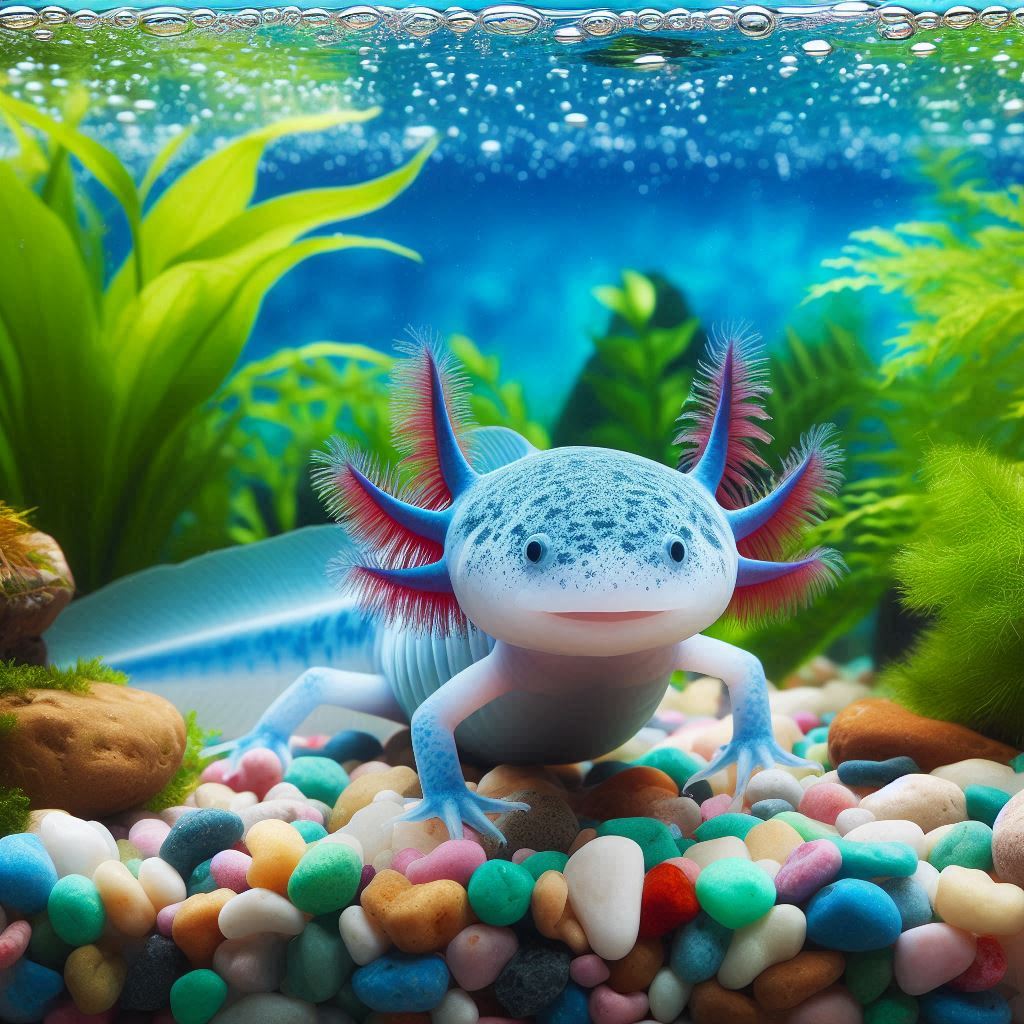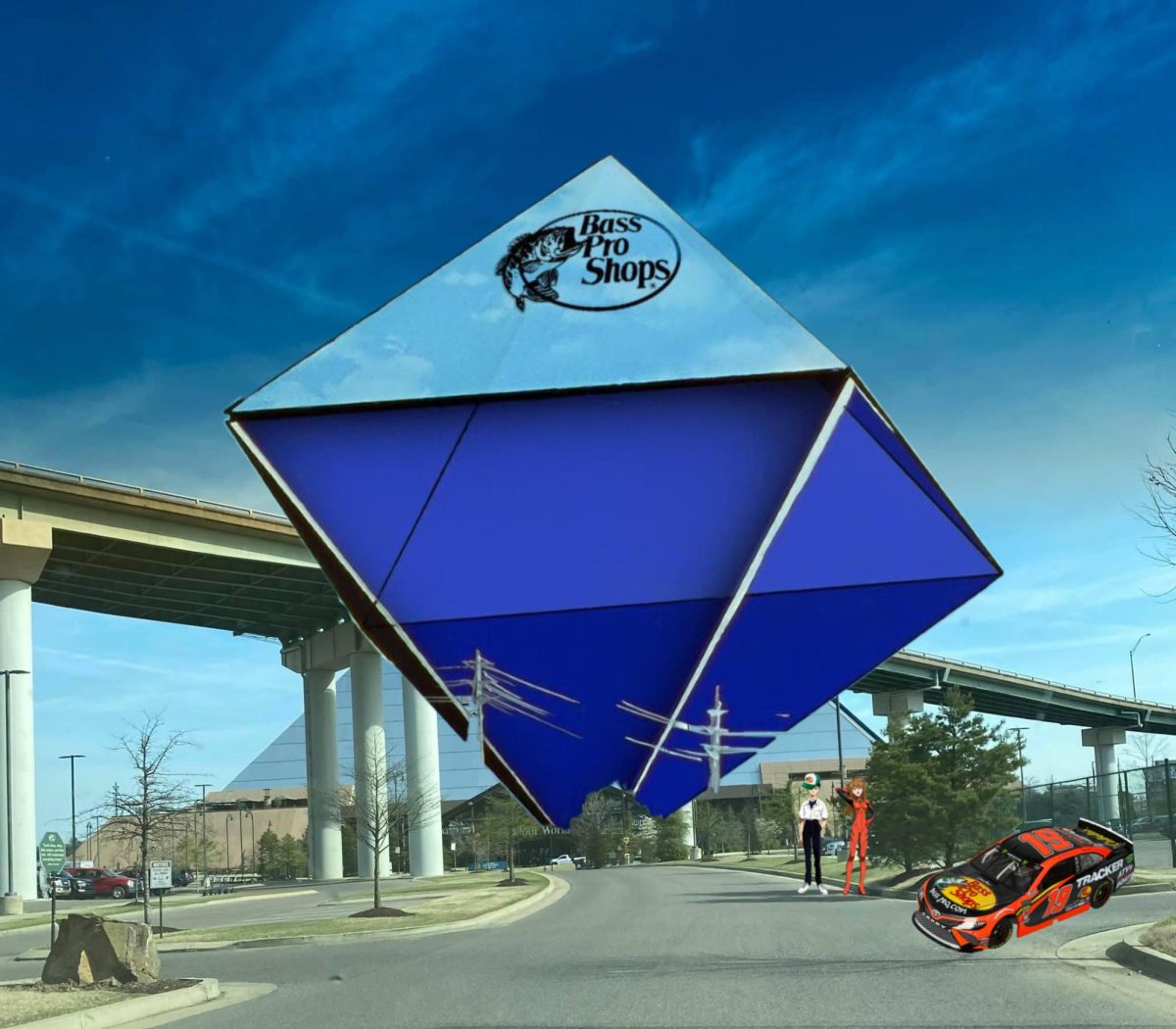Is the largest marsupial making a comeback?
September 7th, 1936, what we thought was the last Tasmanian Tiger or thylacine, lived its last day at Beaumaris Zoo in Hobart.
These beautiful creatures were widely hunted in Tasmania out of fear and hate (they were the reason for stock losses, especially farm animals). Dingos also are suspected to be another reason for their extinction.
We’re still unsure of what their diet consisted of, based on what we know from the observations from when they were still here, they were very shy, nocturnal, and slow-running, which makes scientists believe that they would sneak up on their prey at night or feast on already dead animals.
How do we plan on helping them return? Or did they never leave? Many people have claimed they’ve seen them this whole time but it was never confirmed. Based on new research, they may still be in the Australian wilderness. Scientists are helping by using RNA from a 132-year-old sample.
After 87 years of the Tasmanian Tiger being extinct, they might be coming home.











Anonymous • Jan 22, 2024 at 9:47 am
Hi! This is a very good article. It is very well written and provides great information about the thylacine! However, I believe the thumbnail photo should be changed.
It is not a realistic drawing of the thylacine. The thumbnail makes it look more tiger and cat-like, when in real life it looks more like a dog. It did not have as many stripes as it does in the drawing, it was thinner, and it did not have a white-tipped tail or a white belly that led up to the neck.
The thumbnail looks AI generated, I say this because of the blob-creature in the background. The prompt may have created a Tasmanian tiger, but not a thylacine. If that doesn’t make sense, it might have created a picture based on a tiger in Tasmania.
There are many, many more accurate photos of the thylacine on the internet, including colorized photos of the actual creature.
Please, don’t be hurt by this. I just wanted to point it out in case people are misinformed about this beautiful animal’s look. This is a great article and it will bring more attention to this awesome marsupial!